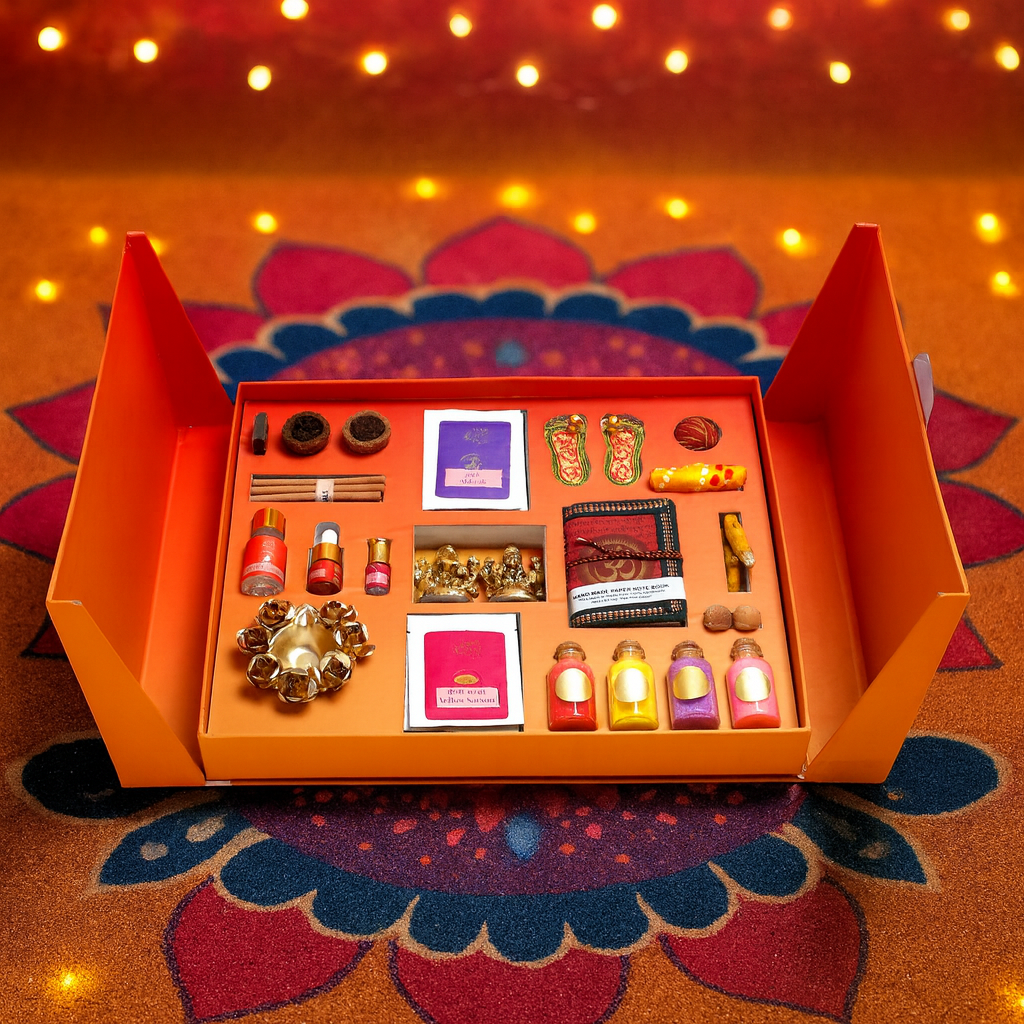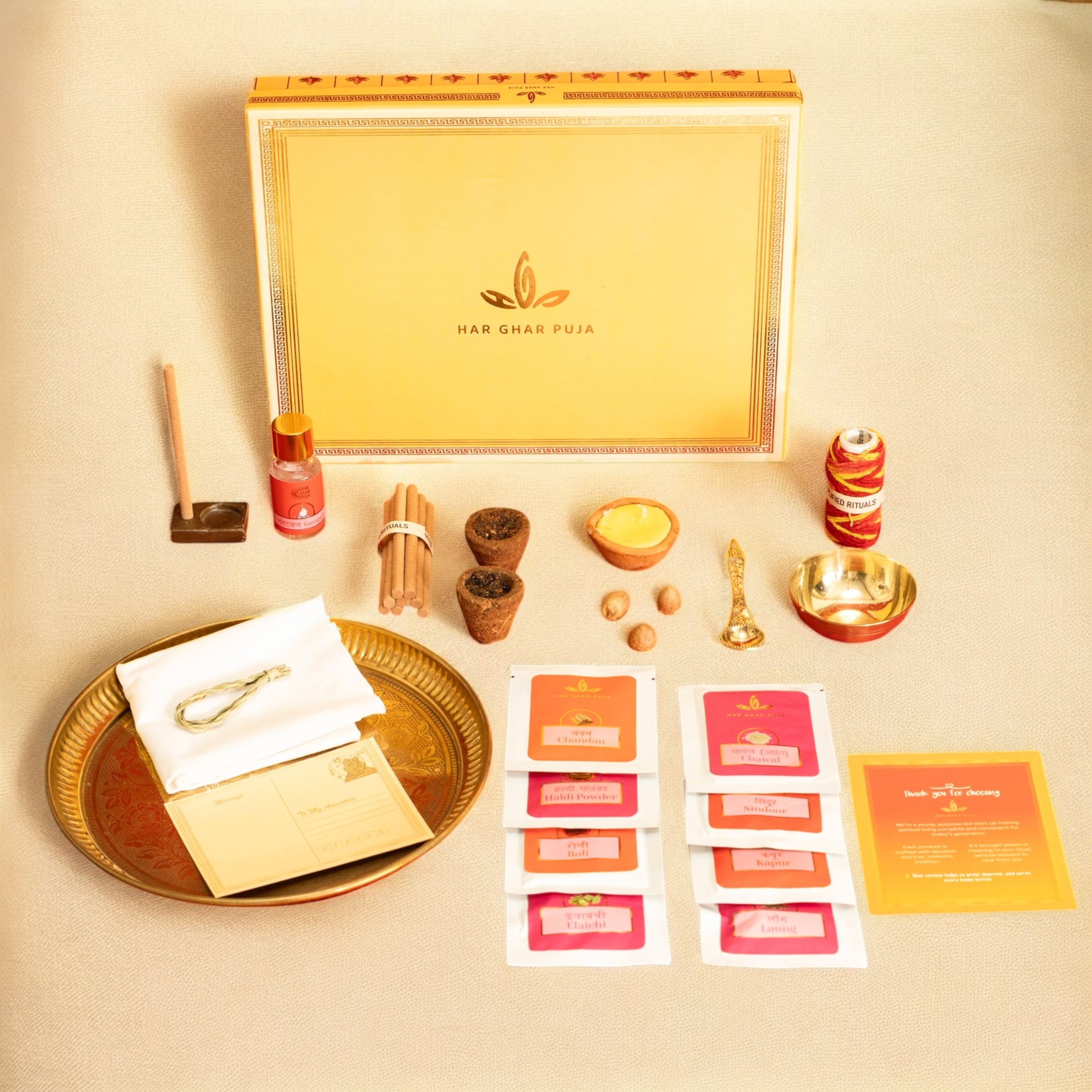In our society, there has been a notion that women are weaker than men and this is probably one of the reasons we see women facing various forms of discrimination in the society be it at home or workplace. Although we are living in the 21st century and it is believed that women are walking shoulder to shoulder with men, the unfortunate reality is that women still face some form of discrimination in this modern society as well.
While our Vedas and Puranas contain verses and stories advocating the upliftment of women, which suggest that women held a high status and were considered equal to men during the Vedic period, however in this modern world women are subject to inequality and discrimination.
This article will help us to understand through the Ardhanarishvara form of Lord Shiva, how Lord Shiva himself supported the respect and honor of women.
Who is Ardhanarishwara?
Ardhanarishvara is an androgynous1 form of Lord Shiva, which represents a combination of Shiva and Shakti. In this form, half of the body of Lord Shiva is male and the other half is female. Lord Shiva, who himself is omnipresent and indestructible, in this form symbolizes a perfect balance between male and female, referred to as “Purush” (male principle) and “Prakriti” (female principle). Ardhanarishvara is also known by other names such as Ardhanarish, Ardhayuvatiswara, and Ardhagauriswara. In southern parts of India this form is also worshiped by the name Ammiappan.
Appearance of Ardhanarishwara

In various temples across India and Southeast Asia, this form is depicted with the right half representing the male (Shiva) part and the left half representing the female (Shakti or Parvati) part.
Since the right side represents male part, therefore this side is adorned with traditional ornaments of Shiva such as his hairs tied in matted locks, a half-third eye is visible on the forehead, right side of the waist covered with a tiger skin, Ganga flowing from the matted locked hairs, and a snake is also wrapped around the neck as an ornament and because the left side represents the female figure therefore, the left side shows well-groomed and braided hair, a half-tilak on the forehead, eye decorated with kajal, fully developed left breast, left side of the waist wrapped and draped in a beautiful saree, and foot adorned with anklet and henna.
This unique form of Lord Shiva illustrates the differences between men and women, yet stands firm on the premise that despite having these differences both are equal. It symbolizes that male and female are inseparable, representing both the static power and active energy of the universe; where the male represents potential energy and the female represents dynamic energy and therefore it can be said that male and female both embrace each other to create and sustain the universe. Shiva represents the spiritual realm and Shakti the material realm, indicating that both need to coexist to bring enthusiasm into life. Many cultures also believe that Ardhanarishvara form is a symbol of infinite growth and fertility.
Origin of Ardhanarishvara
There are many stories behind the appearance of Lord Shiva in the Ardhanarishvara form, but this article will discuss the story narrated in the Shiva Purana.
At the beginning of creation of this universe, Lord Brahma was assigned the task of creating living beings on Earth. To accomplish this, he produced his four mind-born sons and instructed them to create life on Earth. However, these mind-born sons did not assist Brahma in creating life on Earth. Distressed by this, Brahma approached Lord Vishnu, the preserver of the universe, with his problem. Lord Vishnu advised Brahma to seek help from Lord Shiva. Following Vishnu’s advice, Brahma went to Lord Shiva, who was immersed in meditation.
To awaken Shiva from his meditation, Brahma began his penance. After many years of penance, Lord Shiva, pleased, opened his eyes and told Brahma that he knew the purpose of his visit. Brahma expressed that he was unable to fulfill his sole duty effectively. Lord Shiva explained to Brahma Ji that your approach of creating life is flawed as you are only creating the male element, which would not be sufficient for the creation of life on Earth. Lord Shiva then manifested a form where half of his body was Shiva and the other half was Shakti, known as Ardhanarishvara.
Ardhanarishvara informed Brahma that the creation of life on Earth requires the union of both male and female elements, meaning both Shiva and Shakti are necessary. Upon hearing this, Brahma created Manu and Shatarupa, the first man and woman on Earth. It is said that the creation of life on Earth began with the union of Manu and Shatarupa, and since all life originated from Manu, we are called “Manushya” (humans). Since procreation became the means of continuing life on Earth, it was termed “Maithuna Srishti” (a world which propagates itself through copulation).
Just like Ardhanarishvara, no human is complete on their own. The concept of Ardhanarishvara illustrates that the union of opposites creates the true rhythm of life, as Shiva without Shakti is a dead corpse, and Shakti without Shiva is powerless. While Shakti creates Shiva is the source of that creation. According to the Linga Purana, devotees of Lord Shiva worship Ardhanarishvara so that they will merge into him after the world will come to an end and by merging into Shiva these devotees will attain liberation. The “Ardhanarishvara Stotra,” composed by Adi Shankaracharya, is a popular hymn dedicated to this form of Lord Shiva.
- According to the Oxford dictionary, Androgynous is an adjective that describes someone or something as having both male and female characteristics or looking neither strongly male nor strongly female. ↩︎








One Comment